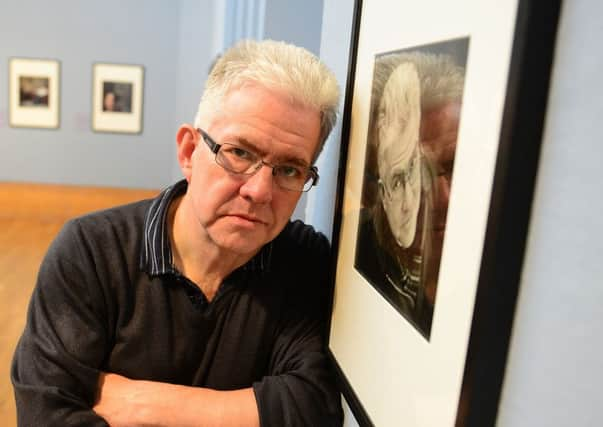Chapter and verse with Ian McMillan: Changing places


I reckon that’s one of the important things about great books: they can stand reinterpretation and reinvention. They’re not fragile pieces of porcelain that might shatter if you drop them, they’re robust pots that you can chuck about and they won’t break and indeed get stronger. It’s as though great books are built around stories that are so archetypal, so hard-wired into the way we think, that the narrative and the ideas behind it will shine through whatever odd and outlandish clothes we dress the book in.
A few years ago I saw Kes interpreted as contemporary dance and it worked wonderfully; West Side Story is a rethinking of Romeo and Juliet, set in post-war New York. In both nothing was lost and much was gained.
Advertisement
Hide AdAdvertisement
Hide AdOne question worth asking, of course, is ‘would anybody who didn’t know the original text understand the new version?’ And that really is important: there are lots of twists and turns in Jane Eyre, for example, and the show that I saw covered them all, but I think that without prior knowledge of the book you’d still get the idea of an epic love story.
Mind you, I once saw a production of Macbeth years ago where whenever Macbeth came on, he walked up a set of stepladders and poured water from a large bucket into another, smaller bucket. I once saw a version of Waiting for Godot where, rather than staying on stage at the end, Vladimir and Estragon walked off with their arms around each other, thus negating Beckett’s premise that human life was one long wait, and I once saw a student group perform George Orwell’s 1984 and before you could say Winston Smith they’d all taken their clothes off, giving new meaning to room 101.
So I guess the moral is that a strong story can always bear reinterpreting, but you should always let the bones of the story show through. And you should never pour water into a bucket or take your clothes off unless the story really demands it. And the room’s warm enough.